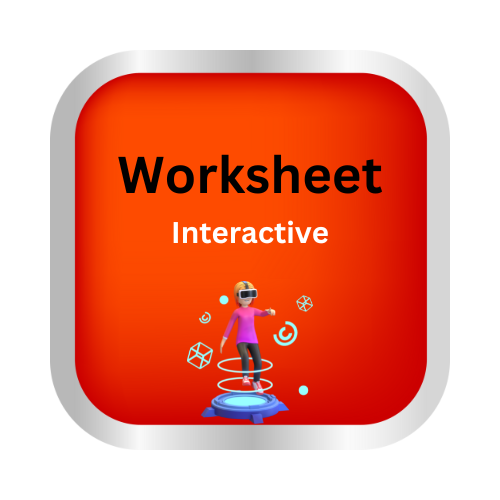Identify main verbs and helping verbs
Key Notes:
🌟 Identify Main Verbs and Helping Verbs 🌟
| What is a Verb? |
A verb is a doing word. It tells us what someone or something is doing.
Example:
- 🏃♂️ She runs fast.
- 🍎 He eats an apple.
| Main Verb (🌟 Action or State) |
The main verb shows the main action or state of being.
It can stand alone in a sentence.
Examples:
- She dances beautifully. 💃
- He is happy. 😊
- They play football. ⚽
✅ Tip: Ask yourself – “What is happening?” The answer is usually the main verb.
| Helping Verb (Auxiliary Verb) 🤝 |
A helping verb helps the main verb to make different tenses, questions, or negatives.
Common helping verbs:
- is, am, are, was, were, has, have, had, do, does, did, will, shall, can, could, may, might, must
Examples:
- She is running fast. 🏃♀️ (is = helping verb, running = main verb)
- They have eaten lunch. 🍽️ (have = helping verb, eaten = main verb)
- He will come tomorrow. 🕒 (will = helping verb, come = main verb)
✅ Tip: Helping verbs cannot stand alone. They always need a main verb.
| How to Identify Main and Helping Verbs |
- Find the action or state – that’s your main verb. 🕵️♂️
- Check for extra words helping the main verb – these are helping verbs. 🧩
Examples:
1. She is writing a letter. ✍️
- is → helping verb
- writing → main verb
2. They have finished their homework. 📚
- have → helping verb
- finished → main verb
| Quick Tricks 🔑 |
- Helping verbs often come before the main verb. ⬅️
- Main verbs tell what happens, helping verbs tell when or how. ⏰
- If the verb can stand alone – it’s usually a main verb.
| Fun Examples 🎉 |
- I am reading a book. 📖 → am = helping, reading = main
- She can swim very fast. 🏊♀️ → can = helping, swim = main
- We were playing in the park. 🌳 → were = helping, playing = main
| Emoji Memory Aid 🧠 |
- Main Verb = 🎯 (targets the action)
- Helping Verb = 🛠️ (helps the main verb)
Let’s practice!

